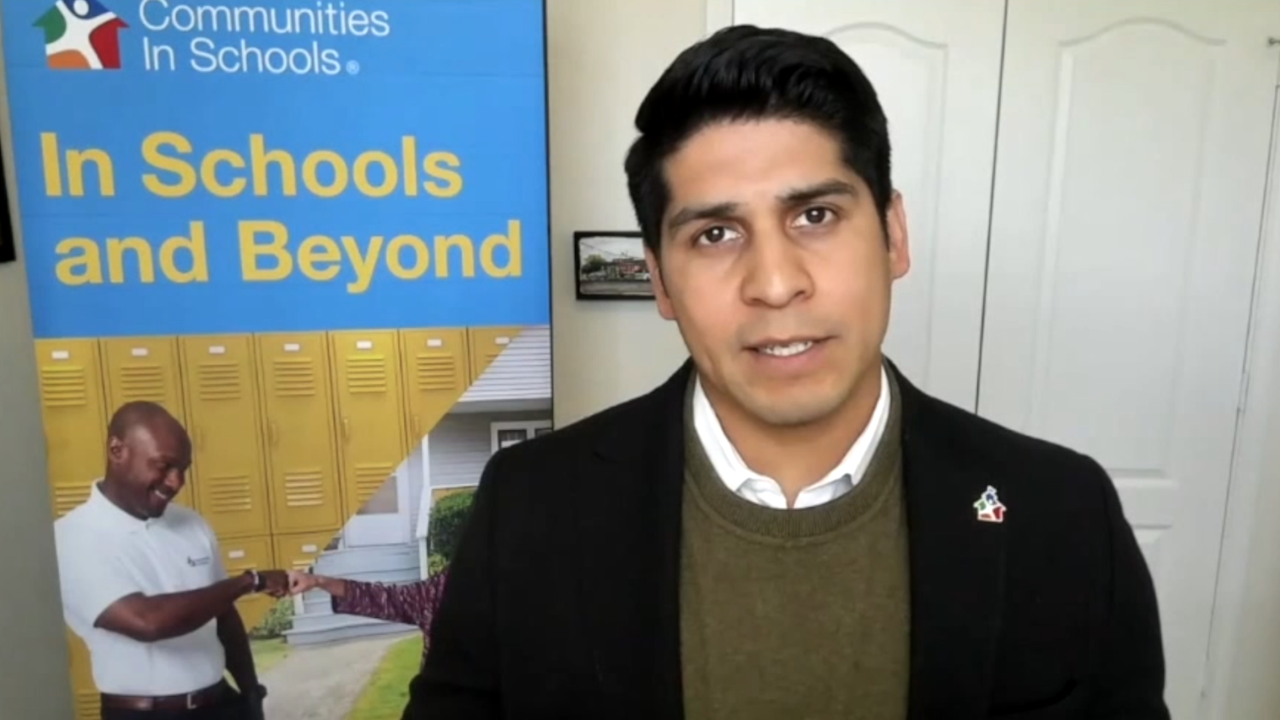A majority of parents are worried about their children falling behind in school because of the pandemic. Their academic concerns outweigh their fears about the virus and kids returning to in person learning, according to a new poll conducted in part by The Associated Press.
Parents' concerns also go beyond the virus and education. Most are also worried their children will fall behind socially. Those thoughts are echoed by students.
“It's hard to explain, but I already knew that it was going to be tough, because you need that. You need that human connection in order to thrive in any environment, because you know us as humans, we are social beings,” said Jessie Gaines, a Communities in Schools student representative.
Gaines, an 8th grader, hasn't been to class in person in Las Vegas since last spring break. They are supposed to go back after Easter.
Gaines is the student council president and also part of the Communities in Schools program, a nonprofit outreach group that does one-on-one mentoring and provides basic needs to at-risk students like food and toiletries.
Gaines had all the tools to learn at home and admits it's still a challenge.
“There's that environment when you're actually in person at school. It’s that environment that encourages productivity and creativity, and you don't necessarily have that when you're sitting on the couch at home or laying in your bed,” said Gaines.
“It was finding those students would just never connected in that way, or who never showed up when schools actually did return to in-person, so we're dealing with a secondary effect to the pandemic, which is those students who, you know, didn't need another reason to disengage from school have completely disconnected,” said Rey Saldaña, President and CEO of Communities in Schools
Saldaña schools says estimates are now between 1 and 3 million students that never showed up for virtual learning.
Communities in School coordinators have been knocking on doors, trying to connect with students as well as getting them basic supplies and electronics for learning.
Saldaña thinks the need is even greater now.
“We just truly need to understand, putting somebody in a school room who is focused on the social, emotional, the mental health needs, and the basic needs of our students are just as critical as our teachers, as our principals,” said Saldaña.
More than half of grade school students are from low-income families and qualify for things like free or reduced school lunches.
There are about 80,000 Title I schools across the country educating mainly low-income families. Yet, programs like Communities in Schools are only reaching about 2,900 so far.



